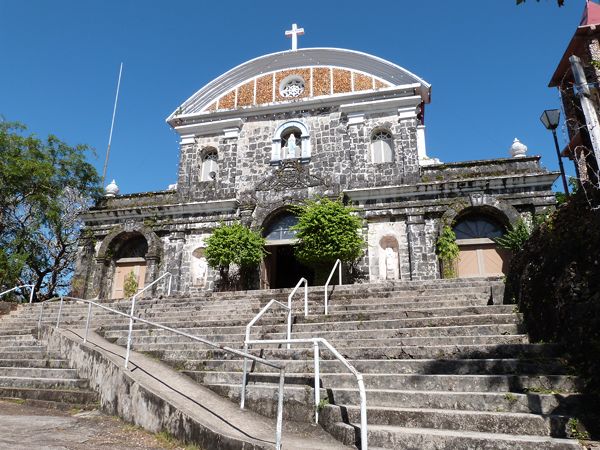Culion...the "Island of No Return"

Peregrina's Journey
Peter and Margie Benziger
Sun 18 Nov 2012 00:31
A Visit to Culion…the “Island of No Return”
At the end of the Spanish-American
War in 1898, the United States occupied the islands of the Philippines. It became evident almost immediately that a
medical crisis was on their hands and less than a month after the Spanish ceded
the Philippines to America, a Board of Health was created in Manila. Better health was one of the “blessings of
civilization” and the United States was determined to bring good medical
treatment to its new colonial possession.
What the authorities did not realize at that time was the extent of the
spread of leprosy, or Hansen’s Disease, throughout the country. It was estimated that approximately 30,000
cases already existed with more than 1,200 new cases developing each year. At that time, the disease was considered
incurable and the practice of segregation and isolation was the only civilized option.
Indigenous treatments of the disease
included such barbaric customs as burying the leper in a sitting position up to
his/her neck for years (!) in a hole filled with dried tree leaves, branches
and soil. It was erroneously believed
that the warmth and moisture created from the decomposing mixture was
therapeutic. Another method applied to
the cure was placing the patient inside the intestines of a black cow for a
period of two days. The ultimate tragedy
occurred when patients were buried or burned alive in a misguided attempt to
stop the spread of the disease.
In 1901, the sparsely populated island
of Culion was selected as a segregation colony and the sum of $50,000USD was appropriated
for the Culion Sanitarium.
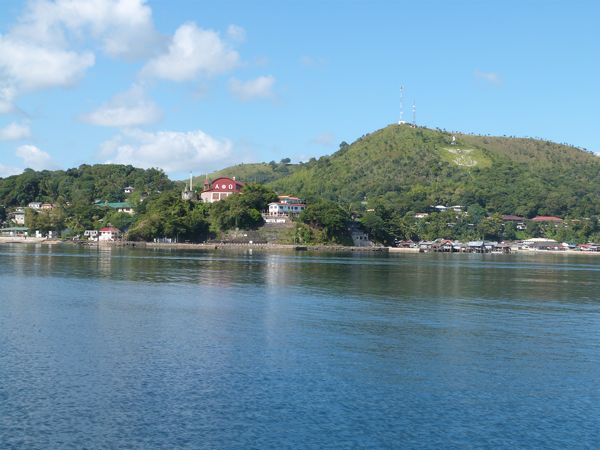
After protracted arguments over the
estimated long term costs of the project and conflicting opinions as to whether
segregation would accomplish the goal of exterminating the disease,
construction began in 1905. The first 370 patients arrived on Culion in 1906. The following year, after the establishment
of the “Segregation Law on Leprosy,” giving legal basis to the systematic
collection and compulsory segregation of lepers in the country, another 800
patients arrived by ship. After that,
approximately 250 lepers were delivered to Culion every 2-3 months. By 1910, a total of 5,303 had been brought to
the island.
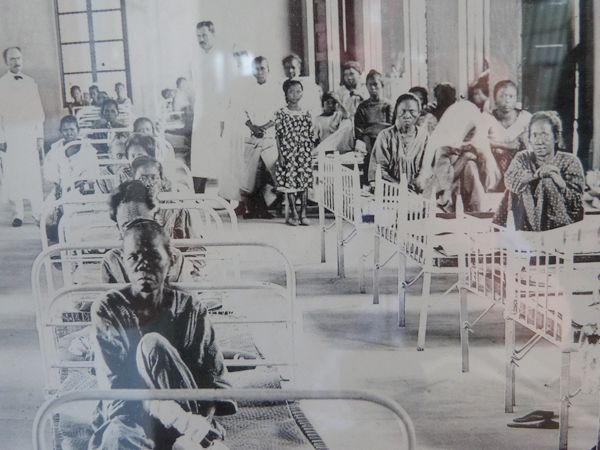
For the patients and their families
in these early years, the forced separation was really a “life sentence” and
everyone knew that they would, most likely, never see their afflicted family
member again. It was a horrible
experience for everyone involved. The
lepers fled like hunted animals or were hidden from view by desperate family
members. If discovered, they often violently
resisted arrest in a desperate effort to avoid being taken away to the “Island
of No Return” by the dreaded Sanitation Inspectors.
See below
the lament of a young boy wrenched from his family and isolated on the “island
of pain.” In the museum is the following quote written by a leper.
“I am a
leper. I was torn away from the love of my family. I live in Culion, exiled to
the island of pain. High mountains entomb me, a vast sea imprisons me; it can’t
be helped; alive or dead always. I have to be here. You, who listen, have compassion for a leper,
helping him to be healed. Ah happiness! If thus with it I recover and finally return
to my home. But if God does not give me health, I will die saintly on this
cross."
But, in truth, this was just the
beginning of a long struggle for both patients and medical science in the pursuit
of a cure for leprosy. Two Americans, General
Leonard Wood, a physician as well as a highly decorated military leader who was
appointed Gov. General of the Philippines and Dr. Herbert “Windsor” Wade,
Medical Director of the Culion Leper Colony from 1922 to 1959, would change the
course of Leprosy with their passionate search for a cure as well as their
lifelong devotion to the residents of Culion.
As a result of their collaboration and dedication, Culion Island was the
biggest, most well-equipped and scientifically advanced “leprosarium” in the
world by the 1930’s.
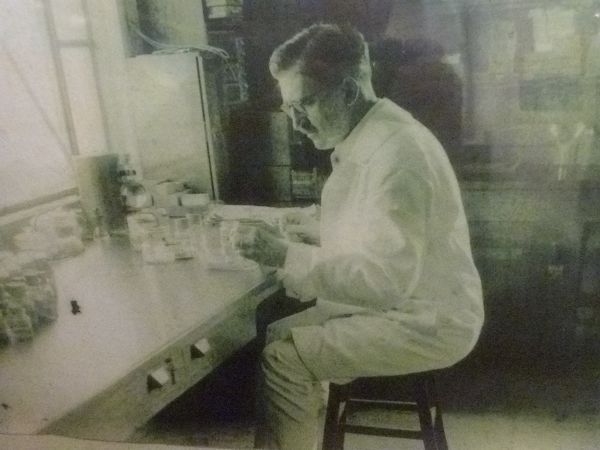
In the early years, Culion Island
was a dismal place. The colony was divided
into two worlds for the “leproso” and the “sano.” They were separated by a Lower and Upper
“Gates.” Those afflicted with leprosy
lived up on the hill in houses provided free of cost by the government or in
the sanitarium for those who were too ill to take care of their own needs but
conditions were appalling .
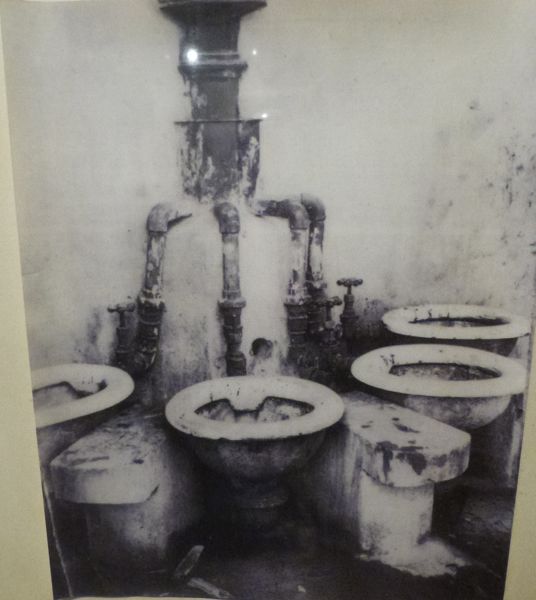
Everyone had to pass through
checkpoints at the Lower and Upper Gates and those entering/exiting the
“Leproso” section had to dip their hands and wipe their shoes in disinfectant.
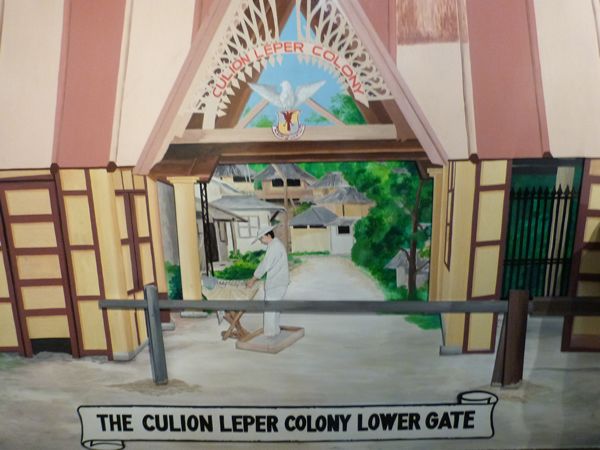
Here’s Margie at the entrance to
town via the Lower Gate today. Yes, she
does have TWO ice cream cones in her hands and seems torn as to which one to
eat first!
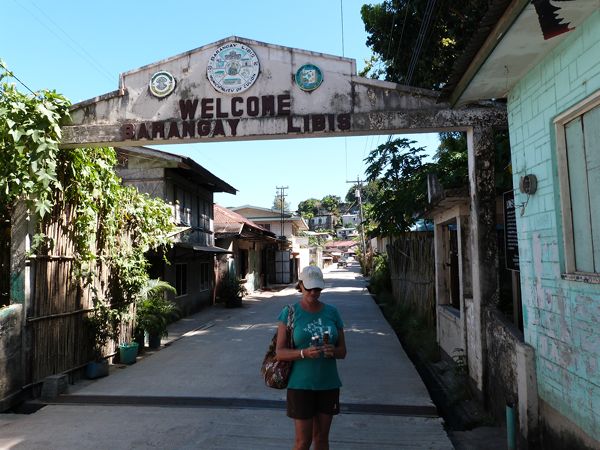
But, with the appointment of Leonard
Wood as Gov. General in 1921 and Dr. Windsor Wade’s arrival at the hospital in
1922, conditions rapidly improved. Culion
Town operated much like any other town in the Philippines as the 20th
Century moved forward and the patients’ health continued to improve. Residents who were able-bodied, contributed
four hours per month in community service and were allowed to set up their own
Town Council and operate businesses just like anywhere else in the
Philippines. Housing improved and there
was a lovely Spanish-style central plaza where the Culion Band entertained
residents on Saturday night.
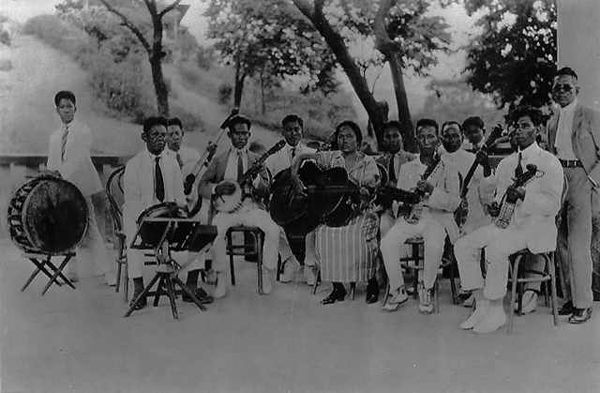
There were schools for the younger
patients and training programs so that residents could learn a trade or acquire
professional skills that could be put to use in businesses all over town.
As time went by, perceptions began
to change as those who came to live at the colony felt that, at last, they
found a place where nobody would shun them, where they could live in peace and
where they could make a living with no stigma.
As word got out that patients were provided with a free place to live,
good food, clothing and the opportunity to work at a trade, more lepers were
willing to voluntarily join the segregated colony. It was far from perfect but it was starting
to feel like home. 99% of the patients
were Filipino but a few came from countries all over the world. The
island had a steam powered electrical plant that provided 24 hour service,
operated by an American patient.
And, just like any community, there
was a hierarchy of economic and social strata.
Leprosy was not just a poor man’s disease and some of the residents at
Culion came from families who could afford to provide a higher standard of
living for their segregated kin. See
below three lovely ladies dressed in their finery on a Saturday night.
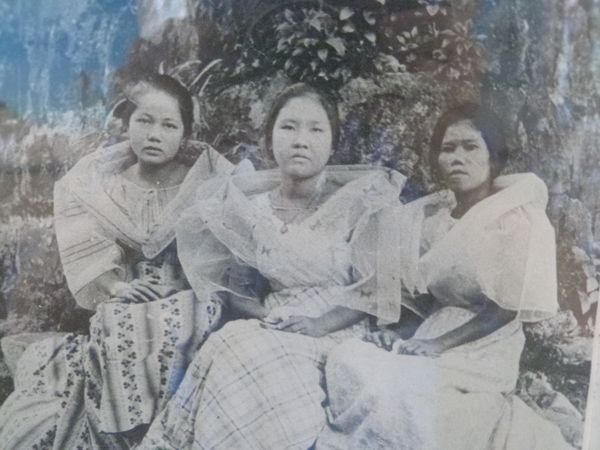
Of course, as desirable as these
women were in the early years before a cure was perfected, the medical
community and the Culion Island Administration tried to forbid the
intermingling of the sexes and prohibited marriages among the patients. As time went on, these restrictions were
relaxed and, starting in the 1950’s marriages were sanctioned by the governing
bodies. However, healthy children born
to married patient couples were immediately separated from their parents and
brought to the Sanitarium Nursery – an especially heart-wrenching mandate which
was not over-ruled until the early 1970’s.
All during this time, research
continued on Culion and experimentation with the use of the oil of the
Chaulmoogra Tree from India - using an injection method developed by Culion’s
Dr. Eliodoro Mercado - proved highly effective and successful.
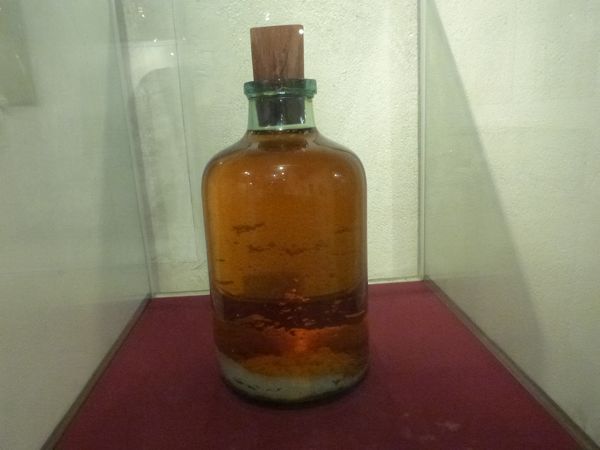
Later studies at Culion revealed a
cocktail of drugs that would prove highly effective in reversing the effects of
the disease. After almost a century of
research and experimentation, the medical staff at Culion could claim responsibility
for many major medical breakthroughs in the fight against leprosy and, at
least, in the case of Culion Island itself, total eradication of the disease by
1998.
The last patient was successfully
treated and released from the Culion Sanitarium in 1998. That same year, the Culion Town received
municipality status and those patients and their families as well as
descendants from the earliest leprosy victims who had chosen to remain on the
island could now freely mix with the “Sano” residents all over the island.
Today, the Leprosarium wing of the
hospital on Culion Island is open to the public as a museum with a magnificent
collection of memorabilia from the first dark days on “the island of the living
dead” to the happier times when it became clear that a cure was possible. Visitors can roam through the Patient Wings
where the images of those first early days are abhorrently clear in the
communal toilets.
On view are also Currency Notes and
Culion Leper Colony coins that were issued by the Department of Health to avoid
the contamination of legal tender and to assuage the concerns of the general
population. But, one can only imagine
the humiliation it caused the patients.
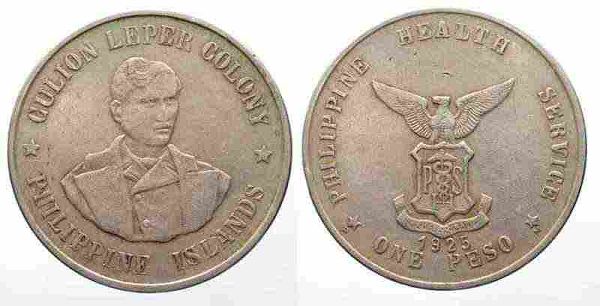
Visitors to the museum can also see
the laboratories and equipment used over the years at Culion as well as a room
filled with blood samples and microscopes documenting every patient who resided
on Culion Island during the 20th Century.
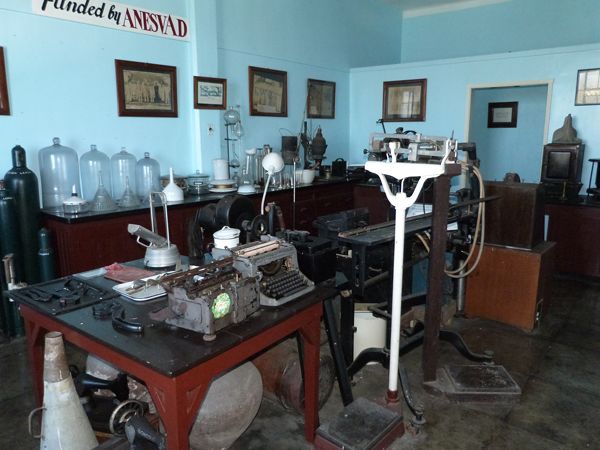
A visitor to Culion Town today sees
a lovely seaside community with historic buildings such as the Inmaculada
Concepcion Church and sparkling vistas from the ramparts around the city
walls.
